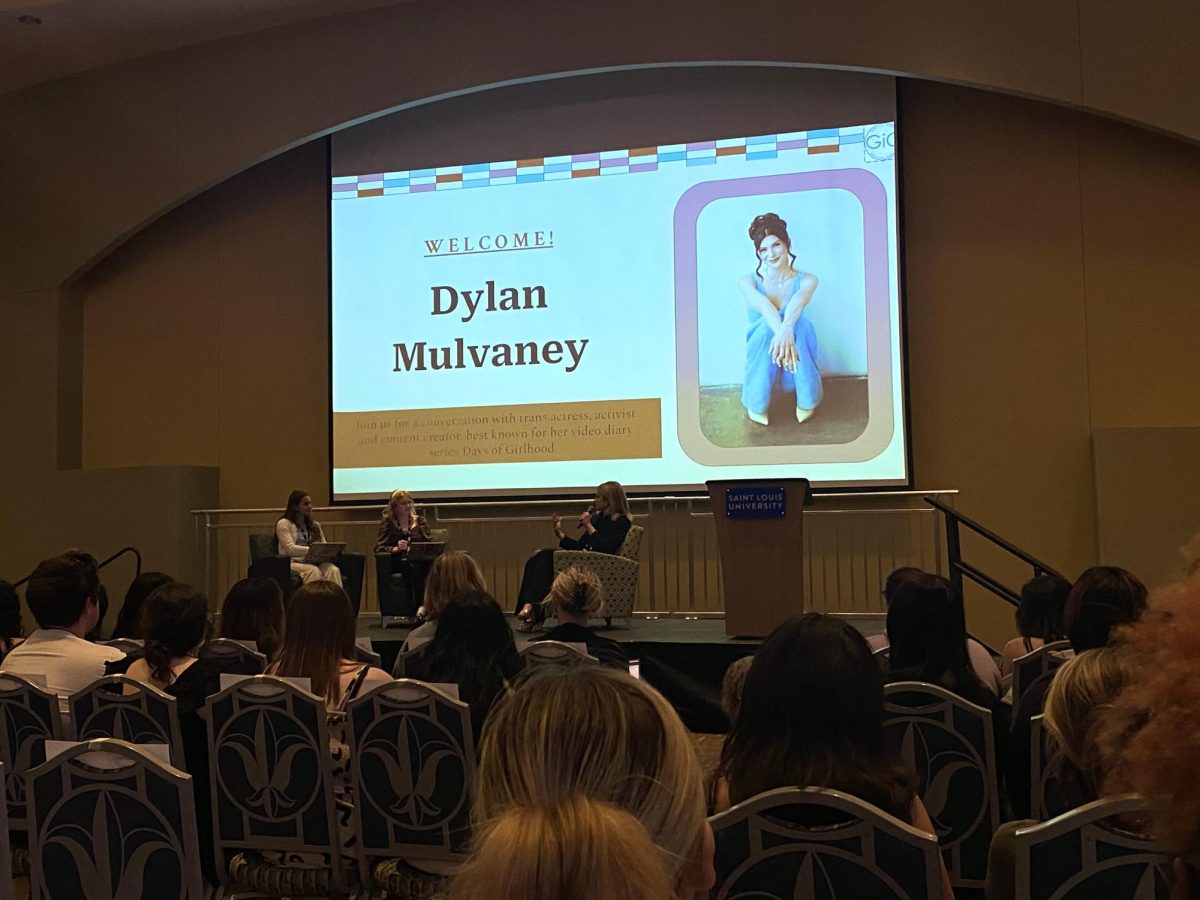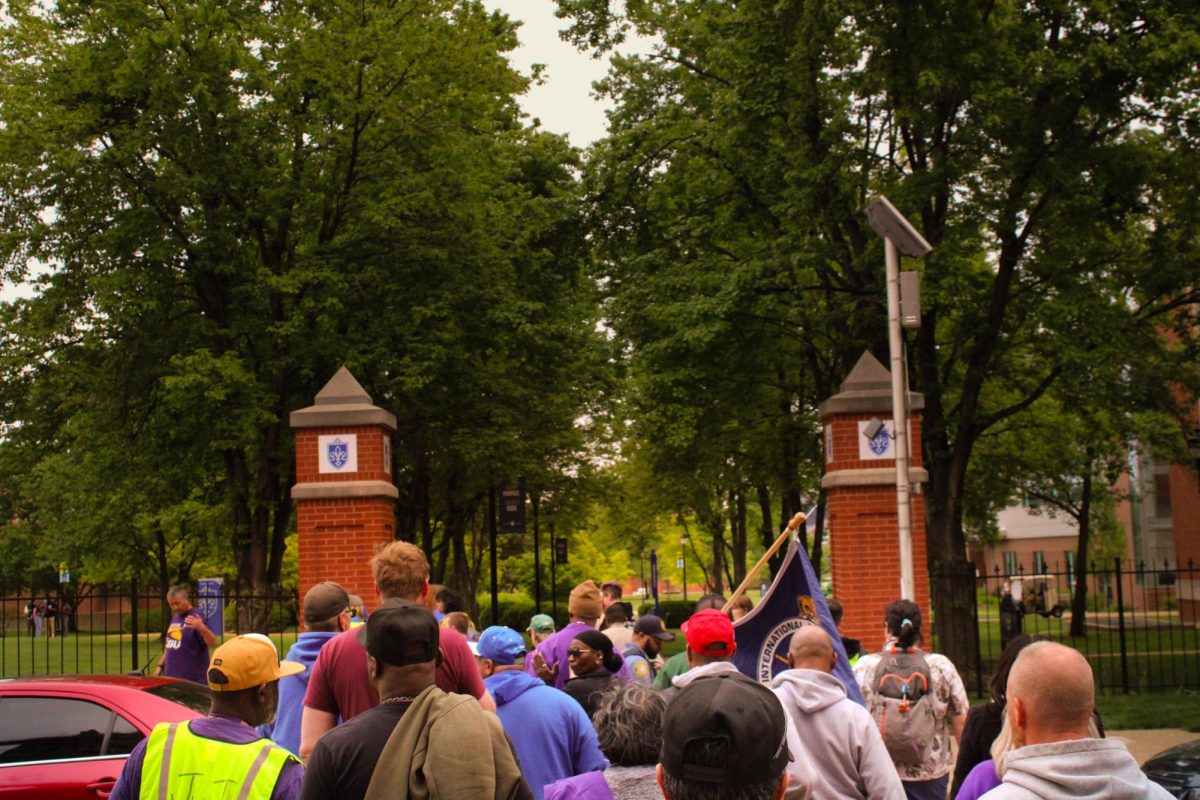The campus has all eyes on the fate of the Four Rivers painting
in the John Cook School of Business atrium.
Both the Faculty Senate and the Student Government Association
have suggested that it needs to be removed because of its
resemblance to a swastika, while University President Lawrence
Biondi, S.J., feels that the painting needs to be recognized for
its artistic value.
“The swastika is an extremely ancient symbol used by cultures
all over the world,” said Thomas Madden, Ph.D., chair of the
history department. “Swastika inscriptions have been found dating
back thousands of years, in places like China, England, Egypt,
Greece, India and America. The word itself is Sanskrit (not
German), meaning ‘something good.'”
The painting in the business school shows four rivers
intersecting, forming what some have called a backwards swastika
shape. The artist, an Italian priest, painted the rivers to depict
water flowing out of the Garden of Eden, forming four gardens.
“German nationalists began to adopt the symbol in the 19th
century,” Madden said, “claiming that its perceived roots in India
were related to their own national history.
Even still, it remained a popular symbol in other countries,
including the United States.”
Madden explained that the swastika was commonly imprinted on
everyday items such as stationary, baby cribs and cigarette cases
as a symbol of good luck. “In a way,” Madden said, “it was like the
Egyptian ankh. A nice decoration, nothing more.”
When Adolph Hitler formed the Nazi party in Germany in 1921, he
adopted this ancient symbol to represent his political party. “With
the beginning of World War II,” Madden said, “the swastika became
permanently associated in the West with Nazism, changing from a
symbol of health and good luck into a symbol of hatred and
death.”
Madden added that it still remains a religious symbol for
Buddhists, Hindus and some American Indians.
“World War II has made the swastika the closest thing to a taboo
that we still have in our culture–thus the current controversy,”
Madden said. “This is not new. I remember about 20 years ago, New
Mexico State University had to change the logo on its yearbook,
which was an ancient Navajo Indian symbol–yes, a swastika. It
wasn’t that the Navajos suddenly became Nazis, it was just that
Americans could no longer associate it with anyone else.”
Like New Mexico State University, Saint Louis University has had
to deal with this controversy, not only with the Four Rivers
painting but concerning the old logo of Saint Louis University
Hospital.
The old logo, which is still engraved in the hospital building,
was similar to the new logo. “It had four bent arms surrounding the
fleur-de-lis,” Madden said, “Some people claimed that it was an
imbedded swastika.” The logo has since been changed to the one we
know today.






